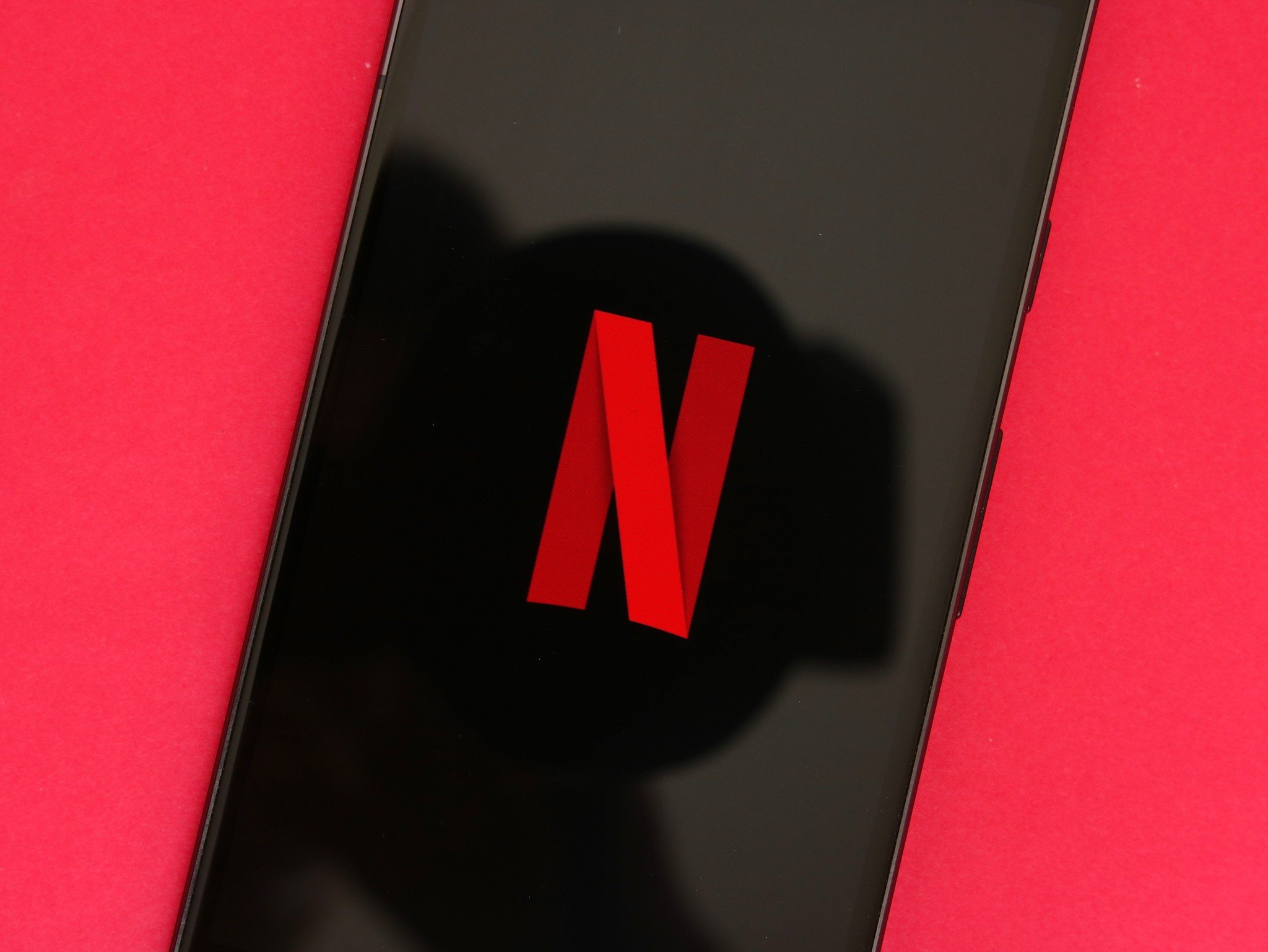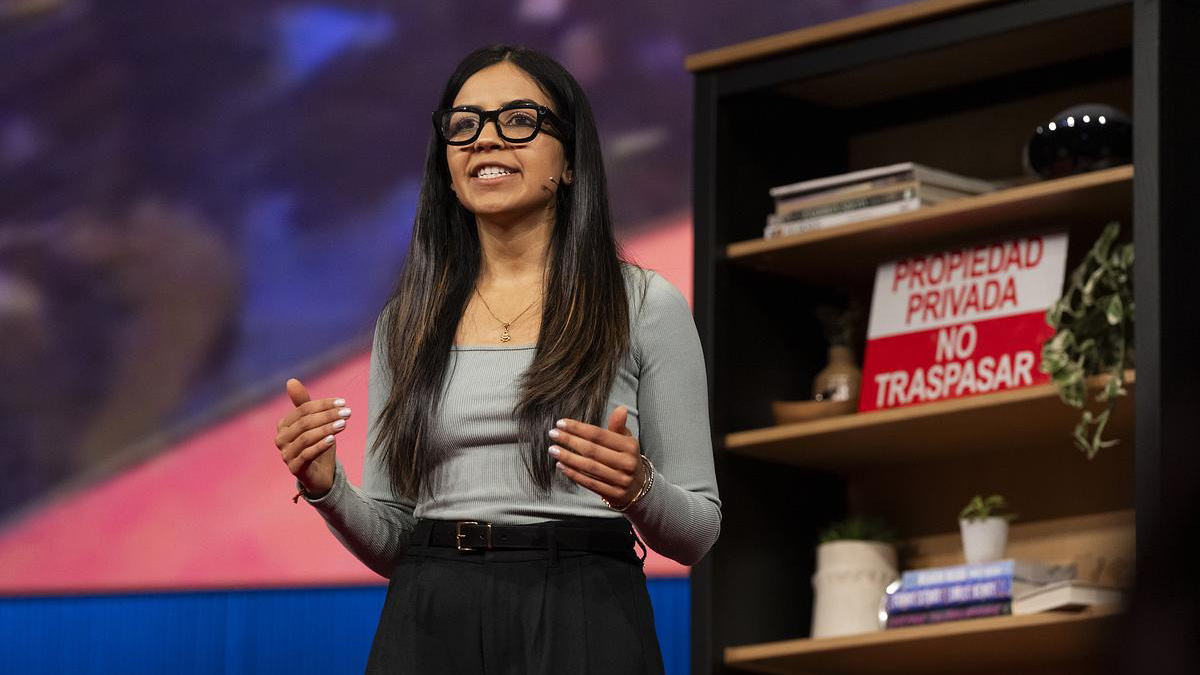Netflix starts using its AV1 codec on Android to help users save data

What you need to know
- Netflix has started streaming videos on its Android app using the AV1 codec.
- The royalty-free video codec offers 20% higher compression efficiency over VP9.
- Only selected titles are currently available to stream in AV1.
Netflix today announced that it has started to stream video using the royalty-free AV1 codec on its Android app. The AV1 codec, which was released in 2018, promises a 20% improvement in compression efficiency over the VP9 codec.
AV1's compression efficiency will ensure a superior streaming experience in areas where cellular networks can be unreliable and help save data for members who have limited data plans. Netflix says it plans to roll out AV1 on all its platforms in the future, although only selected titles are currently available to stream in AV1. To stream in AV1, you will need to enable the "Save Data" feature in the Netflix Android app by tapping on App Settings > Cellular Data Usage under the More tab.
The AV1 codec happens to be a successor to VP9 and was developed by the Alliance for Open Media (AOMedia), of which Netflix, Google, Intel, Cisco, Amazon, Mozilla, and Microsoft are founding members. To make AV1 more widely available, Netflix is sponsoring an open-source effort to optimize 10-bit performance. The streaming giant is also hoping to expand AV1 usage to more use cases and is actively working with device and chipset partners to extend it into hardware.
YouTube, which started testing the AV1 codec in September 2018, currently allows users to stream in the royalty-free codec at up to 480p resolution only. This has to do with the fact that while AV1 is more efficient than VP9, it also requires higher computational power.
How Netflix is boosting its 'watched-by' numbers by 35%
Be an expert in 5 minutes
Get the latest news from Android Central, your trusted companion in the world of Android

